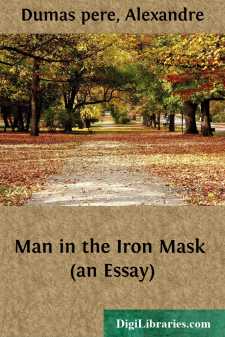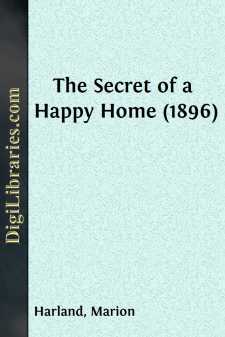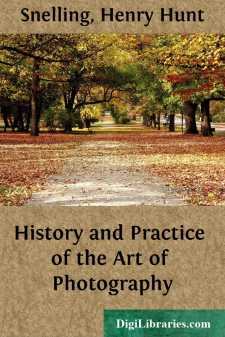Categories
- Antiques & Collectibles 13
- Architecture 36
- Art 48
- Bibles 22
- Biography & Autobiography 813
- Body, Mind & Spirit 142
- Business & Economics 28
- Children's Books 14
- Children's Fiction 11
- Computers 4
- Cooking 94
- Crafts & Hobbies 4
- Drama 346
- Education 46
- Family & Relationships 57
- Fiction 11829
- Games 19
- Gardening 17
- Health & Fitness 34
- History 1377
- House & Home 1
- Humor 147
- Juvenile Fiction 1873
- Juvenile Nonfiction 202
- Language Arts & Disciplines 88
- Law 16
- Literary Collections 686
- Literary Criticism 179
- Mathematics 13
- Medical 41
- Music 40
- Nature 179
- Non-Classifiable 1768
- Performing Arts 7
- Periodicals 1453
- Philosophy 64
- Photography 2
- Poetry 896
- Political Science 203
- Psychology 42
- Reference 154
- Religion 513
- Science 126
- Self-Help 84
- Social Science 81
- Sports & Recreation 34
- Study Aids 3
- Technology & Engineering 59
- Transportation 23
- Travel 463
- True Crime 29
Bromide Printing and Enlarging A Practical Guide to the Making of Bromide Prints by Contact and Bromide Enlarging by Daylight and Artificial Light, With the Toning of Bromide Prints and Enlargements
by: John A. Tennant
Categories:
Description:
Excerpt
Chapter I
VARIETIES OF BROMIDE PAPERS AND HOW TO CHOOSE AMONG THEM
What is bromide paper? It is simply paper coated with gelatino-bromide of silver emulsion, similar to that which, when coated on glass or other transparent support, forms the familiar dry-plate or film used in negative-making. The emulsion used in making bromide paper, however, is less rapid (less sensitive) than that used in the manufacture of plates or films of ordinary rapidity; hence bromide paper may be manipulated with more abundant light than would be safe with plates. It is used for making prints by contact with a negative in the ordinary printing frame, and as the simplest means for obtaining enlarged prints from small negatives. Sometimes bromide paper is spoken of as a development paper, because the picture-image does not print out during exposure, but requires to be developed, as in negative-making. The preparation of the paper is beyond the skill and equipment of the average photographer, but it may be readily obtained from dealers in photographic supplies.
What are the practical advantages of bromide paper? In the first place, it renders the photographer independent of daylight and weather as far as making prints is concerned. It has excellent “keeping” qualities, i.e., it does not spoil or deteriorate as readily as other printing papers, even when stored without special care or precaution. Its manipulation is extremely simple, and closely resembles the development of a negative. It does not require a special sort of negative, but is adapted to give good prints from negatives widely different in quality. It is obtainable in any desired size, and with a great variety of surfaces, from extreme gloss to that of rough drawing paper. It offers great latitude in exposure and development, and yields, even in the hands of the novice, a greater percentage of good prints than any other printing paper in the market. It offers a range of tone from deepest black to the most delicate of platinotype grays, which may be modified to give a fair variety of color effects where this is desirable. It affords a simple means of making enlargements without the necessity of an enlarged negative. It gives us a ready means of producing many prints in a very short time, or, if desired, we may make a proof or enlargement from the negative fresh from the washing tray. And, finally, if we do our work faithfully and well, it will give us permanent prints.
The bromide papers available in this country at present are confined to those of the Eastman Kodak Company, the Defender Photo Supply Company and J. L. Lewis, the last handling English papers only. Better papers could not be desired. Broadly speaking, all bromide papers are made in a few well-defined varieties; in considering the manipulation of the papers made by a single firm, therefore, we practically cover all the papers in the market. As a matter of convenience, then, we will glance over the different varieties of bromide paper available, as represented by the Eastman papers, with the understanding that what is said of any one variety is generally applicable to papers of the same sort put out by other manufacturers....








